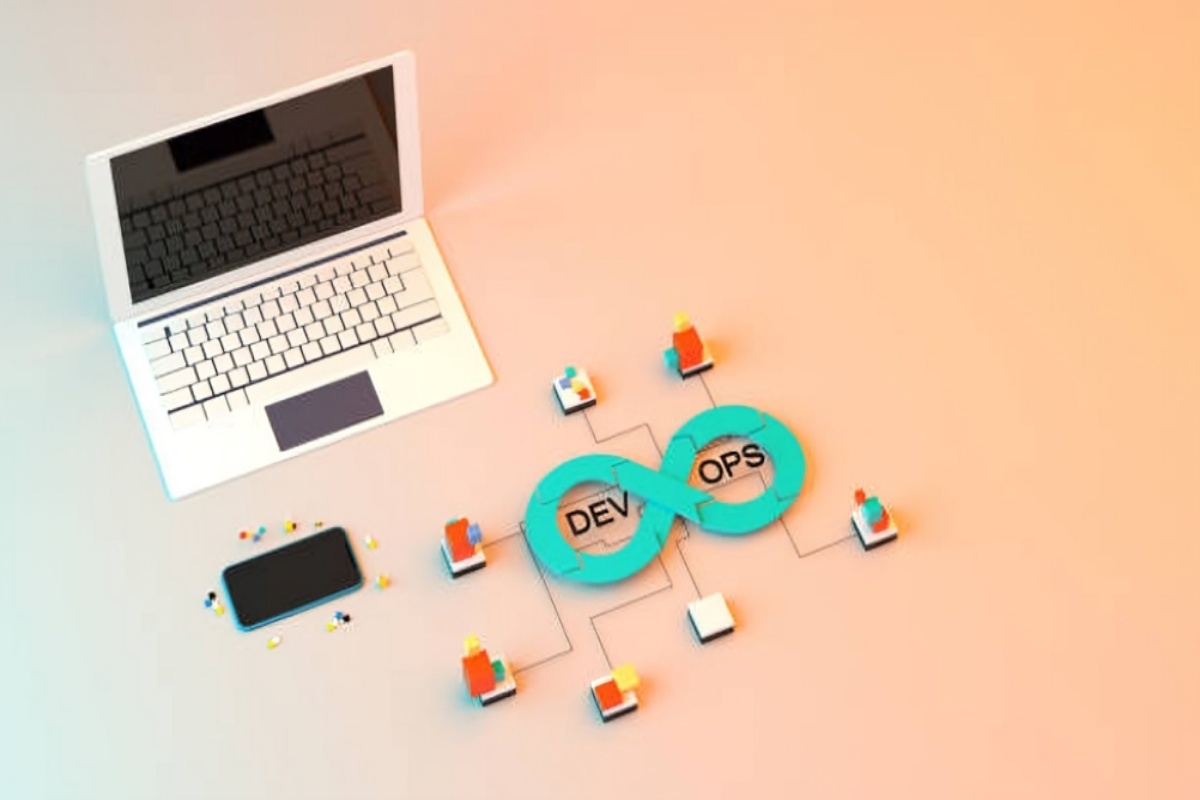In the ever-evolving world of software development and IT operations, one term continues to dominate conversations and reshape how teams build and deliver software: DevOps. But beyond the buzzword and tools, DevOps culture is at the heart of this transformation. It’s more than just a methodology—it’s a philosophy, a mindset, and a shared responsibility that bridges the gap between development and operations teams.
In this blog, we’ll explore what DevOps culture truly means, why it matters in modern tech organizations, and how embracing it can lead to better collaboration, faster delivery, improved product quality, and a more innovative, resilient enterprise.
Understanding DevOps Culture
DevOps culture is the fusion of development (Dev) and operations (Ops) into a unified approach that prioritizes collaboration, communication, and continuous improvement across the software delivery lifecycle.
While many associate DevOps with tools and automation pipelines, the core of DevOps is cultural—it’s about breaking down silos, encouraging ownership, and fostering a learning mindset. The key attributes of DevOps culture include:
- Collaboration: Developers, QA, and Ops teams work together seamlessly.
- Automation: Repetitive tasks like testing, deployment, and monitoring are automated.
- Continuous Feedback: Rapid iterations are guided by constant feedback loops.
- Shared Responsibility: Everyone is accountable for the product from concept to customer.
- Customer-Centricity: Delivering value to end users is the ultimate goal.
The Principles that Drive DevOps Culture
DevOps culture is underpinned by several principles that drive efficiency and innovation:
1. Lean Thinking
Inspired by lean manufacturing, DevOps emphasizes reducing waste, improving flow, and delivering value quickly. Every team member is encouraged to focus on what adds value and eliminate bottlenecks.
2. Automation Everywhere
From code integration to infrastructure provisioning, automation reduces manual errors and accelerates processes. CI/CD pipelines, Infrastructure as Code (IaC), and automated testing are key pillars.
3. Shift Left Approach
Testing and security aren’t afterthoughts—they’re moved to the left of the development cycle. This means developers test early, security is embedded from the start (DevSecOps), and feedback is continuous.
4. Empowered Teams
Autonomous teams make faster decisions. In DevOps culture, teams have the freedom and accountability to own their applications from build to run.
5. Blameless Culture
When incidents occur, the focus isn’t on assigning blame but on learning. This fosters psychological safety and drives continuous improvement through post-mortems and retrospectives.
DevOps Culture vs. Traditional IT Culture
| Feature | Traditional IT | DevOps Culture |
|---|---|---|
| Silos | Separate dev and ops teams | Unified cross-functional teams |
| Deployments | Manual, scheduled | Automated, on-demand |
| Communication | Ticket-based, formal | Real-time, collaborative |
| Responsibility | Developers write code; ops deploy | Shared end-to-end ownership |
| Feedback | Weeks or months later | Continuous and instant |
The shift from traditional to DevOps culture requires not just adopting tools but transforming organizational behavior.
Why DevOps Culture Matters
1. Accelerated Time to Market
Faster development cycles mean features and fixes are released more frequently, allowing companies to stay ahead of competitors.
2. Improved Product Quality
Continuous testing and monitoring ensure bugs are caught early, reducing production issues and enhancing user satisfaction.
3. Enhanced Collaboration
Cross-functional teams break down communication barriers, leading to better alignment and a shared vision for success.
4. Greater Innovation
With automation handling repetitive tasks, teams have more time for creative problem-solving and innovation.
5. Resilience and Reliability
DevOps practices like infrastructure as code, monitoring, and incident response make systems more resilient and scalable.
6. Employee Satisfaction
Empowered teams with autonomy and visibility over outcomes are more motivated and engaged in their work.
Implementing DevOps Culture: Practical Steps
Building a DevOps culture doesn’t happen overnight. It requires intentional strategy, leadership support, and team buy-in. Here are steps to begin:
1. Start with Leadership Support
Cultural change must be driven from the top. Leaders should champion collaboration, experimentation, and a fail-fast mindset.
2. Form Cross-Functional Teams
Bring together developers, QA, security, and operations under one mission: delivering customer value efficiently and reliably.
3. Invest in the Right Tools
Adopt tools that support automation, CI/CD, monitoring, and collaboration (e.g., Jenkins, GitLab, Docker, Kubernetes, Terraform, Prometheus, Slack).
4. Promote Continuous Learning
Encourage learning through workshops, certifications, knowledge sharing, and retrospectives.
5. Measure What Matters
Track metrics like deployment frequency, lead time, mean time to recovery (MTTR), and change failure rate.
6. Create Feedback Loops
Incorporate feedback from code reviews, testing, monitoring, and customer usage to improve continuously.
DevOps Culture in Action: Real-World Example
Netflix is a prime example of a company thriving on DevOps culture. With their “You build it, you run it” model, developers are responsible for the complete lifecycle of their code. They use automated pipelines, chaos engineering, and a blameless postmortem culture to ensure reliability, innovation, and speed.
This model allows Netflix to deploy code thousands of times per day, ensuring rapid innovation and an unmatched user experience.
Final Thoughts
DevOps culture is not just a trend—it’s the foundation of modern, agile, and innovative software delivery. By fostering collaboration, automation, and shared ownership, organizations can achieve higher velocity, better quality, and a more engaged workforce.
In today’s digital-first world, adopting DevOps culture is not optional—it’s essential. Whether you’re a startup or an enterprise, embracing this cultural shift can be the key to sustained success and resilience in the face of constant change.
Key Takeaways:
- DevOps culture emphasizes collaboration, automation, and shared responsibility.
- It’s a mindset shift—not just about tools.
- It leads to faster releases, higher quality, and greater innovation.
- Implementation requires leadership, cross-functional teams, and continuous learning.
Are you ready to embrace DevOps culture in your organization? Start today by fostering collaboration, investing in automation, and promoting a learning-first environment. The future of software delivery depends on it.

